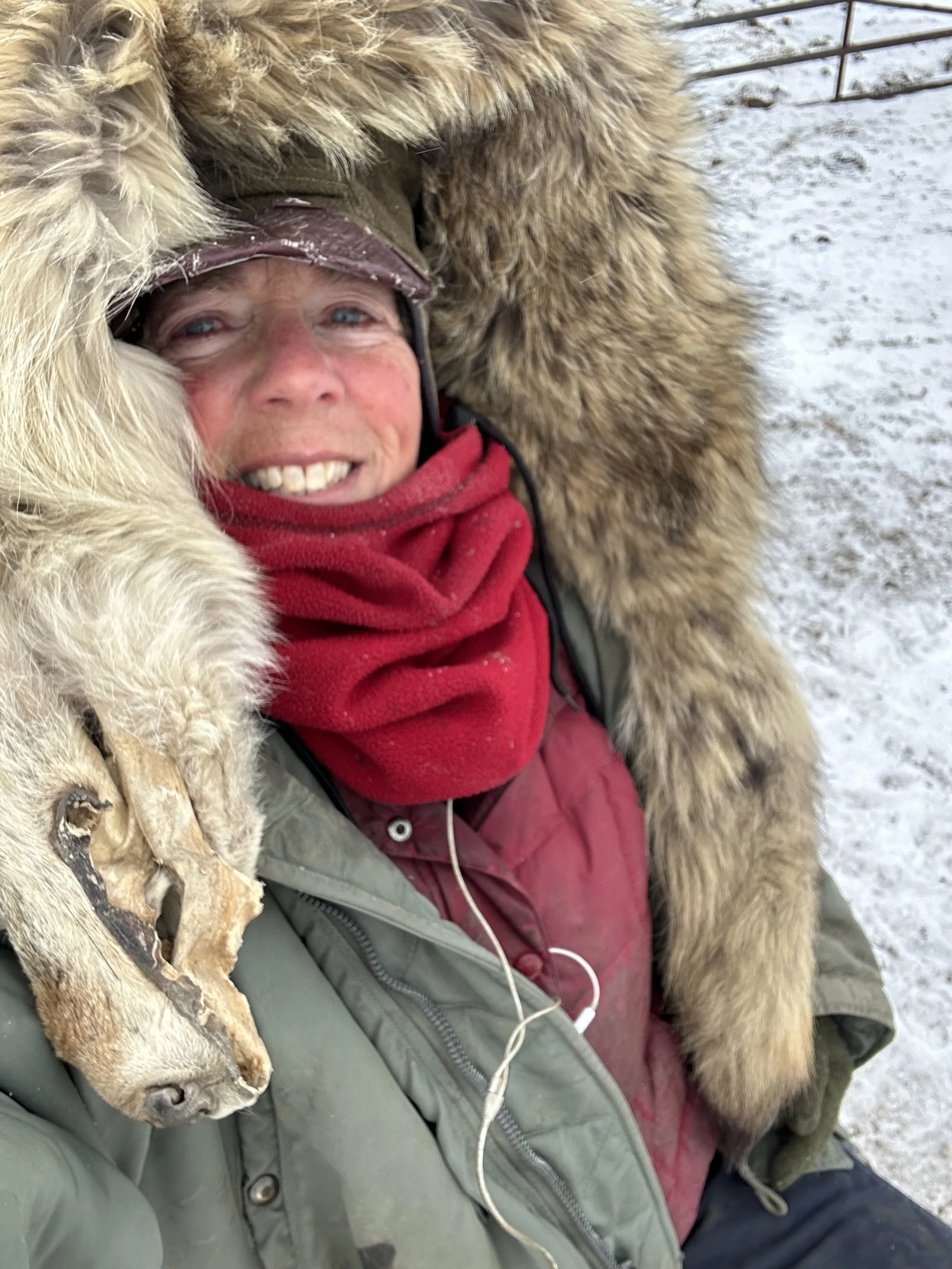Chilling Air Lock
I really didn’t want this job, but all the signs were there insisting I had it.
Or, to be more precise, not there.
When I drove to the south side of the ranch to break the ice on the cows’ rubber-tire water trough, the water level was far below the rim.
The cows were huddled in a V behind my tractor tire windbreak, avoiding the -20-degree windchill and sharing body warmth.
I chopped the 4-thick ice at the edge of the trough, baiting a couple of cows to brave the elements for a drink.
Yesterday, the water flowed freely to the top of the overflow pipe.
What a difference a day makes, I thought to myself, knowing the flow of water was just a trickle at the bottom of the trough, knowing the half-mile pipeline from the spring to this first trough must have at least one air bubble in the gravity-flow system, knowing my plans for puttering in my warm house were quickly evaporating.
At least I knew why the water was not flowing well.
This pipeline project was one of the first improvements I signed on to after buying the ranch.
Cash poor, I agreed to a government cost-share program to pipe water from one of my springs across a 1600-acre pasture to a couple of new troughs, divide the pasture and improve grazing efficiency.
One of the conditions of the cost-share program was to allow an engineer to design the system.
Maps came out, topographic lines were drawn, trenches were dug.
Then the backhoe operator called the engineer to confirm the design. The trench, he said, was going uphill.
The engineer insisted the design was correct.
Knowing how government contracts work, the backhoe operator dug the trench according to the design.
But the engineer had forgotten that the pipeline was buried six feet deep.
Gravity doesn’t push water uphill, at least consistently.
So until I become completely disgusted and decide to move the water trough to a lower spot, air gets into the pipeline and blocks water from flowing.
Even when the wind bites my cheeks and burns my fingers.
Or maybe especially then.
I climbed into my insulated coveralls, slipped a mask over my nose, loaded a water pump and hoses into the back of my pickup and crossed my fingers.
I didn’t know if I could get through the crusty snow drifts to the spring.
If I made it through the drifts, I didn’t know if the water pump would start.
My truck balked at the drifts but eventually pushed through.
I hooked up the hoses and filled the pump with gas, delaying the race against the cold as long as I could.
I had to prime the pump and then get it started before the water froze.
I slipped off my mitten and reached in the spring to fill a container.
As I filled the pump, the water I sloshed froze instantly.
I choked the motor and pulled the starter cord.
Nothing.
Five more pulls.
The motor coughed, then died.
I was glad I had the motor serviced last summer.
As I pulled the cord again and again, I tried to come up with a backup plan.
Short of moving my cows to a different distant pasture in a brutal wind that none of us wanted to face, I had nothing.
I braced my feet for another pull.
The motor fired.
Like lightning, I slid the choke off before it killed the motor.
Water flowed into the pipeline.
I curled my aching fingers inside my mittens.
Frost from my sigh of relief fogged my eyes.
Ninety minutes later, water sloshed into the trough overflow.
The cows could drink.
